When talking about Japanese culture, the first thing that comes to mind is probably the kimono... or the yukata. Never heard of this term? Both having a T shape, long sleeves and a decorative belt... differentiating the yukata from the kimono is not that easy.
The kimono and the yukata are two very distinct types of traditional Japanese clothing. Similar in appearance but there are many differences between the yukata and the kimono, although they are not obvious at first sight. Knowing how to differentiate them is extremely important in order to avoid missteps.
Many Westerners confuse these two Japanese outfits and most of you are probably doing the same ( if not you would not be here, reading this blog article😀 ). No need to panic, we are going to learn what is the difference between the kimono and the yukata.
At the end of this article, you'll know everything about the topic Kimono vs Yukata just like all Japan lovers! Let's go! 😀
1. Identify the type of fabric
The main difference between the kimono and the yukata concerns the fabric. Traditionally, the kimono is made from a silk fabric and the more sophisticated ones can be made from brocade - a rich silk fabric adorned with embroidered designs in gold and silver thread. This luxurious fabric explains the high price of the kimono, a traditional garment whose aesthetic reflects the natural elegance of the Japanese.
The yukata was originally worn by Japanese nobility after bathing and was made from cotton to ensure a light and breathable fabric that absorbs humidity and keeps the body cool. Nowadays, the yukata can be found in cotton or polyester, a synthetic and inexpensive fabric that facilitates the evaporation of body humidity. The yukata is very popular among westerners who like to wear it as homewear, such as this comfortable and casual Japanese yukata for men.

On the left, a silk kimono adorned with luxurious patterns. On the right, a couple wearing a lightweight fabric yukata.
Knowing the difference in fabric will obviously be useful if you want to buy a Japanese kimono or yukata yourself. However, if the garment is worn by someone in front of you, the fabric may not be recognizable at first glance - unless you look at the composition label inside, but that would be quite unusual. Luckily, there are other differences between the kimono and yukata that will help you identify them. Let's continue! 😊
2. Notice the presence of an undergarment
If you want to wear a kimono or a yukata, be aware of another element that differentiates the two, which is whether or not you wear an undergarment known as a nagajuban. The silk or brocade fabric of the kimono is delicate and is rarely washed to prolong the durability of this expensive garment. Thus, Japanese wear a nagajuban underneath, a sort of inner lining of silk or cotton, usually in white, to protect the kimono from perspiration.
The yukata is a more simple garment and easy to clean, so there is no need to wear a nagajuban underneath. Moreover, the yukata is light, breathable and pleasant to wear in summer, so it would not make sense to add a layer underneath.

On the left, a nagajuban. On the right, a magnificent image from Wikihow illustrating the fact that nothing is worn under the yukata.
3. Identify the number of collars
To know whether someone is wearing a nagajuban or not and thus determine if it is a kimono or a yukata, have a look at the collar. If the garment has two collars, then it is a kimono - the lower collar, usually white, is the nagajuban collar. If you only notice one collar, it probably is a yukata.

On the left, a double collar, indicating that it is a kimono. On the right, only one collar means it's a yukata.
4. Observe the sleeve length
Another difference between the kimono and the yukata involves the sleeves. The sleeves of a kimono can vary depending on the age of the person, their social status or the formality of an event. For example, the furisode is the kimono with the longest sleeves, which sometimes even touch the ground. This type of kimono is reserved for young single women. Traditionally, this feature allowed young men to identify women available for marriage. Nowadays, this practice is much less common.
There are many other types of kimono with medium length sleeves, such as a beautiful geisha kimono. However, you will never see a yukata with sleeves longer than 50 cm and touching the floor.

On the left, a furisode kimono with long sleeves. On the right, two yukata with medium length sleeves.
5. Look at the socks
As the kimono is a much more formal garment than the yukata, it is required to wear white socks with a pair of geta or zori on your feet. For those who are not familiar with them, these Japanese socks are called tabi and have the particularity of separating the big toe from the rest of the toes, in order to slide the strap of the Japanese geta sandals in between.
A little advice if you have to wear a kimono one day: put on your tabi socks at the same time as the nagajuban, because once you''re in your kimono, you won't be able to put them on anymore.
When wearing a yukata, it is not mandatory to wear white socks. You may even stay barefoot in your pair of geta or zori.

On the left, a kimono worn with tabi and a pair of zori. On the right, a yukata worn barefoot with a pair of geta.
6. Adapt your outfit to the occasion
Now that you know the difference between a yukata and a kimono, it is important to know when to wear them in order to avoid any mistake since these two similar looking clothes are suitable for different occasions. The kimono is a traditional Japanese garment worn for formal events such as weddings, graduations, tea ceremonies and the first prayer of the New Year.
The yukata is a more festive and casual garment, Japanese people wear it mainly in summer to attend fireworks, summer festivals or matsuri folk festivals. You can also notice some Japanese wearing it in everyday life. However, it is strongly discouraged and frowned upon to wear a yukata at an official ceremony or any other formal occasion, which is why it is important to know the difference between the kimono and yukata.

On the left, the wedding of Princess Ayako of Takamado. On the right, a group of young people in yukata at a fireworks festival in summer.
7. Match your outfit to the season
Another quick tip to guess whether that person in the street is wearing a kimono or a yukata is to simply remember the current season. As we've mentioned a couple of times already, the yukata is made of one single piece of a thin, lightweight and breathable fabric, making it a... summer garment. Thus, there is very little chance to see someone wearing a yukata outdoors in winter.
In contrast, the kimono is thicker and can be complemented with other layers of clothing to accommodate winter temperatures, such as a fur shawl for example. Following the same logic, during the summer months, you are more likely to encounter someone wearing a yukata rather than a kimono.

On the left, a Japanese woman wearing a kimono and a fur shawl in the snow. On the right, a Japanese woman wearing a yukata under a tree in bloom.
A rule to follow
Whether you wear a kimono or a yukata, there is a very important rule to follow in both cases: the left side must go over the right side when closing the garment by crossing it at your chest! In Japanese culture, the right side folded over the left side is reserved for deceased people and symbolizes death. So always double check if your kimono or yukata is correctly closed before going out!
Can a foreigner wear a kimono or yukata?
Sure they can. In summer, you will see many westerners wearing a yukata. Moreover, you will find many stores where you can rent a kimono or a yukata for a day.
Japanese people still wear kimonos or yukatas?
Nowadays, kimonos are worn by men and women for weddings, ceremonies and graduations. Some older women, and even men, still wear the kimono on a regular basis. However, the yukata is worn more often by women than by men.
Yukata or Kimono : which one to choose?
Congratulation, you now know everything about the topic "kimono vs yukata" and are able to differentiate these two types of clothing at a glance. You are now ready to go to Japan without any worries!
Are you invited to a formal Japanese event, like a graduation or a wedding? Planning to attend a Cosplay party in winter? Go for a Japanese kimono! Worn with a pair of geta and a nice obi belt, this Japanese costume will definitely have you looking great.
Looking for a comfortable Japanese garment to wear on a daily basis? Are you going to attend a summer festival in Japan? In that case, you need a yukata! This light and loose fitting garment is very much appreciated by Westerners as a homewear, especially to support hot summer days.
Discover our kimono and yukata collection for men, men's kimono jackets, women's kimonos and Japanese pajamas for women!

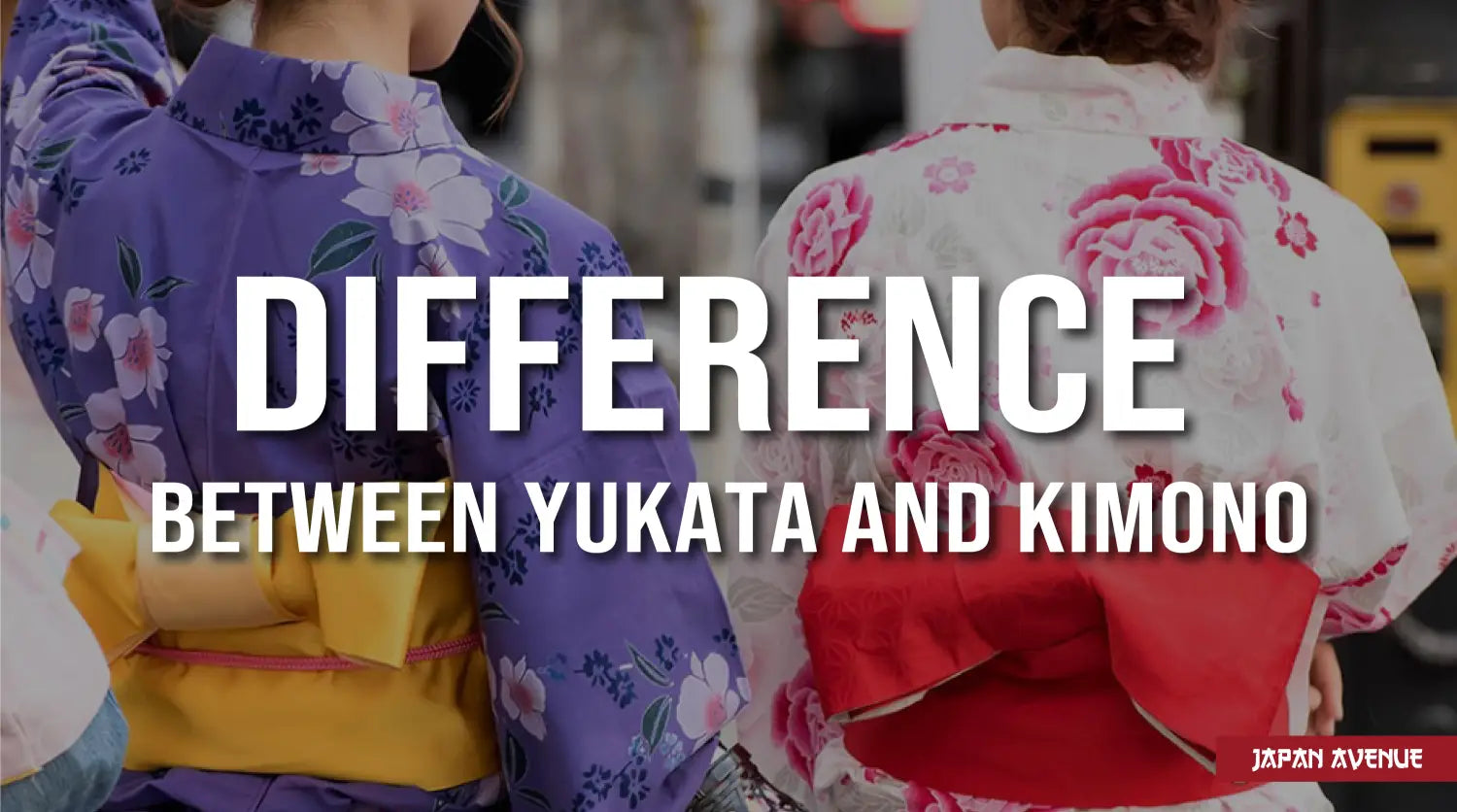
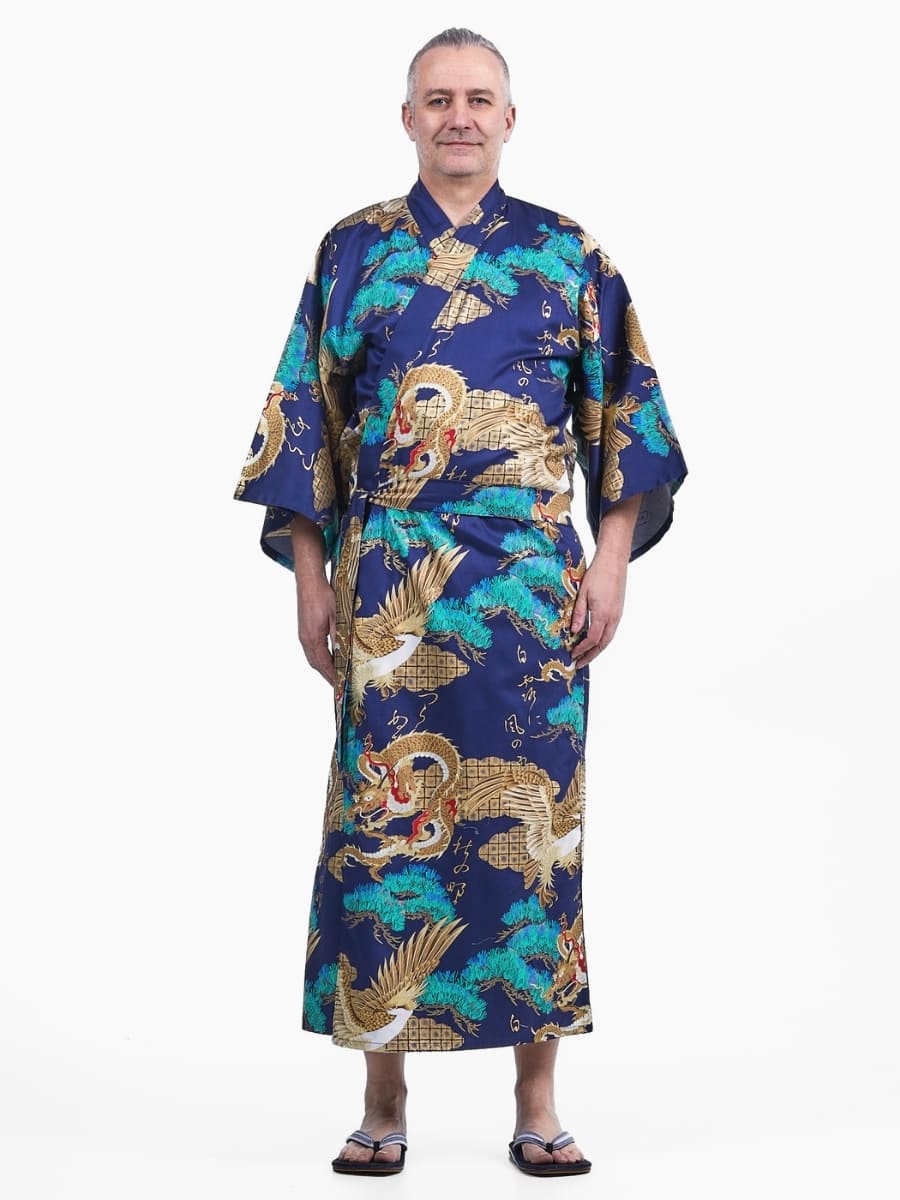
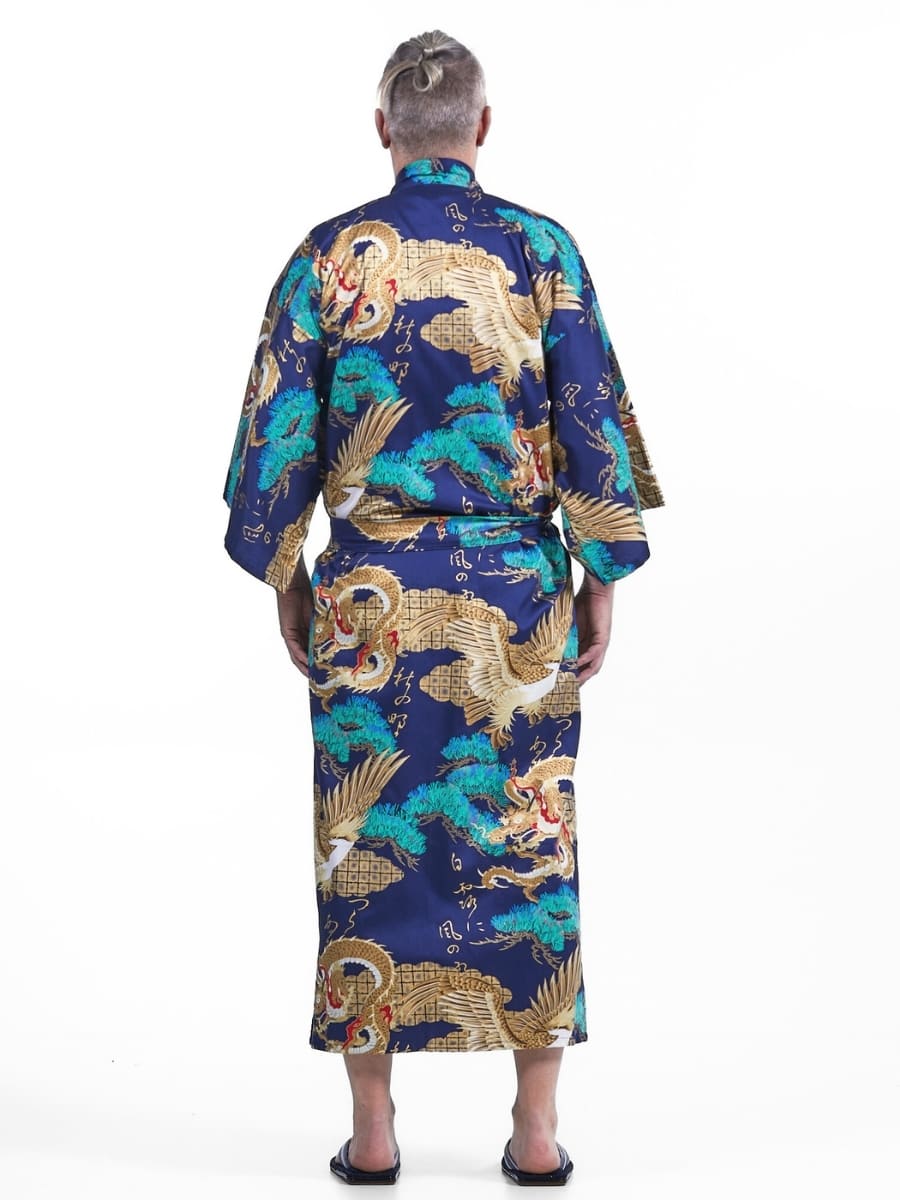
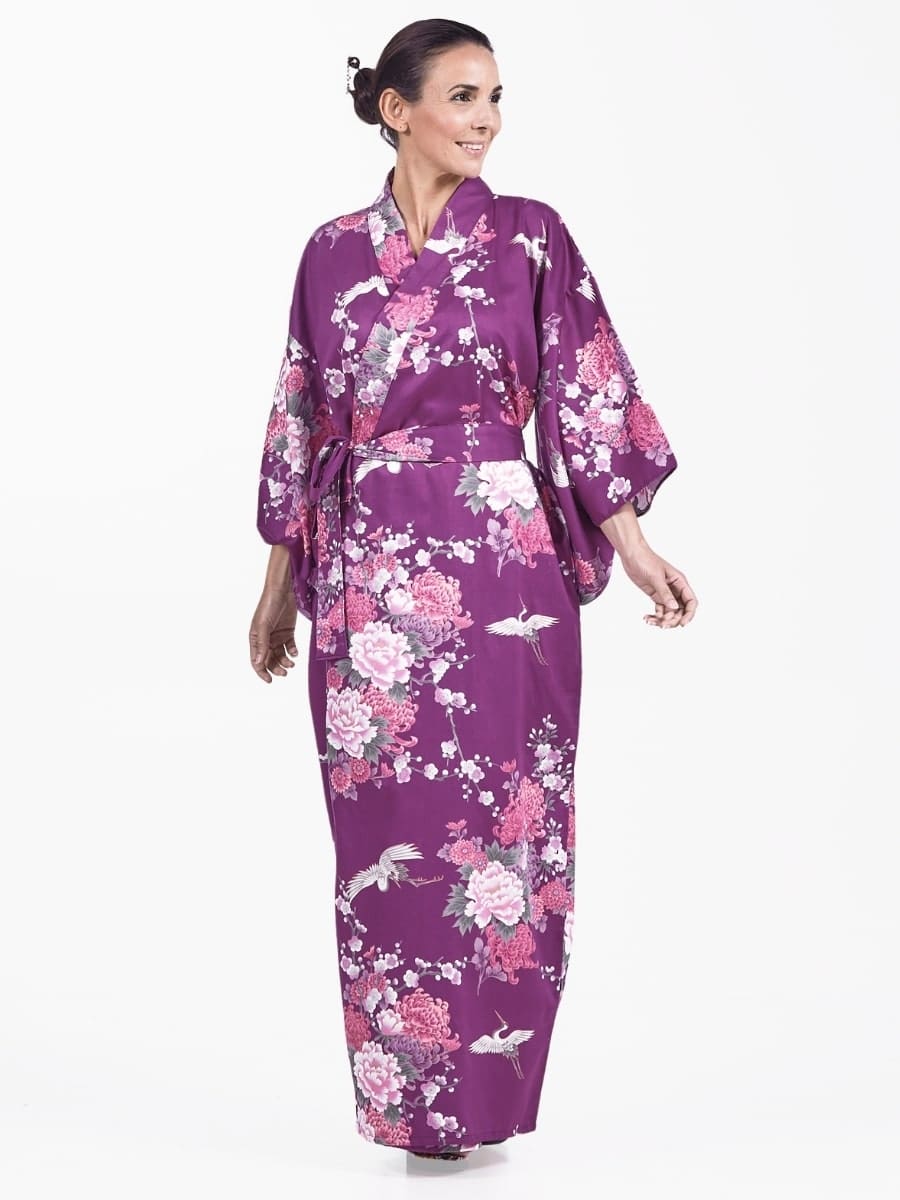
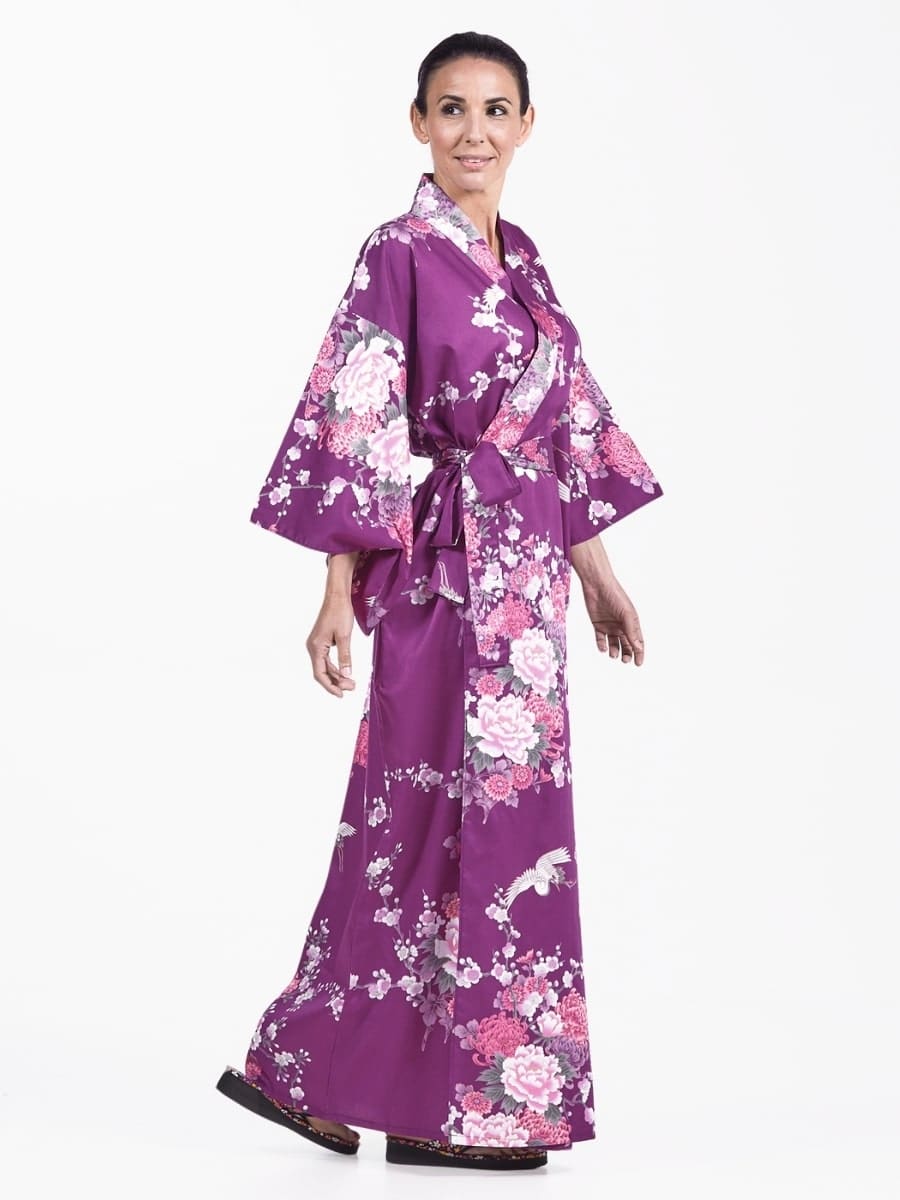
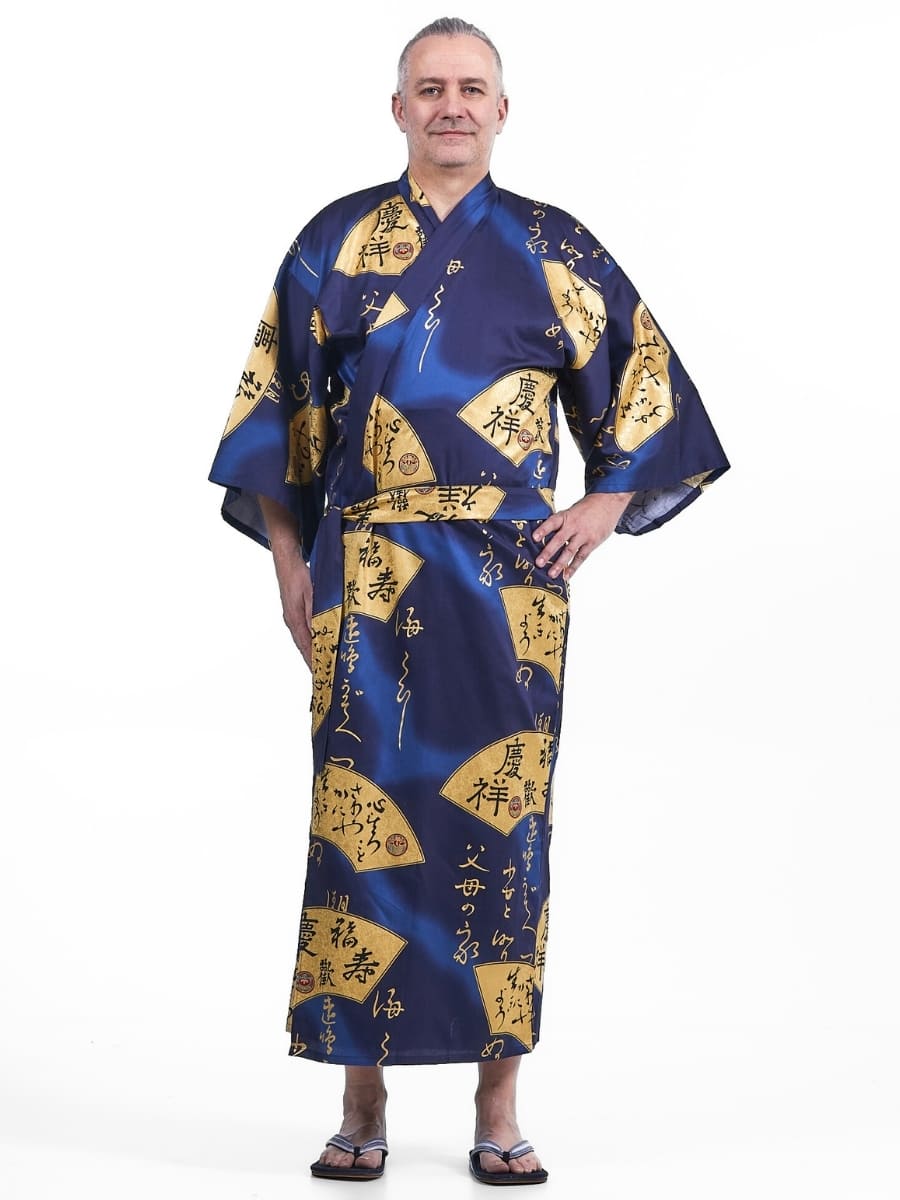
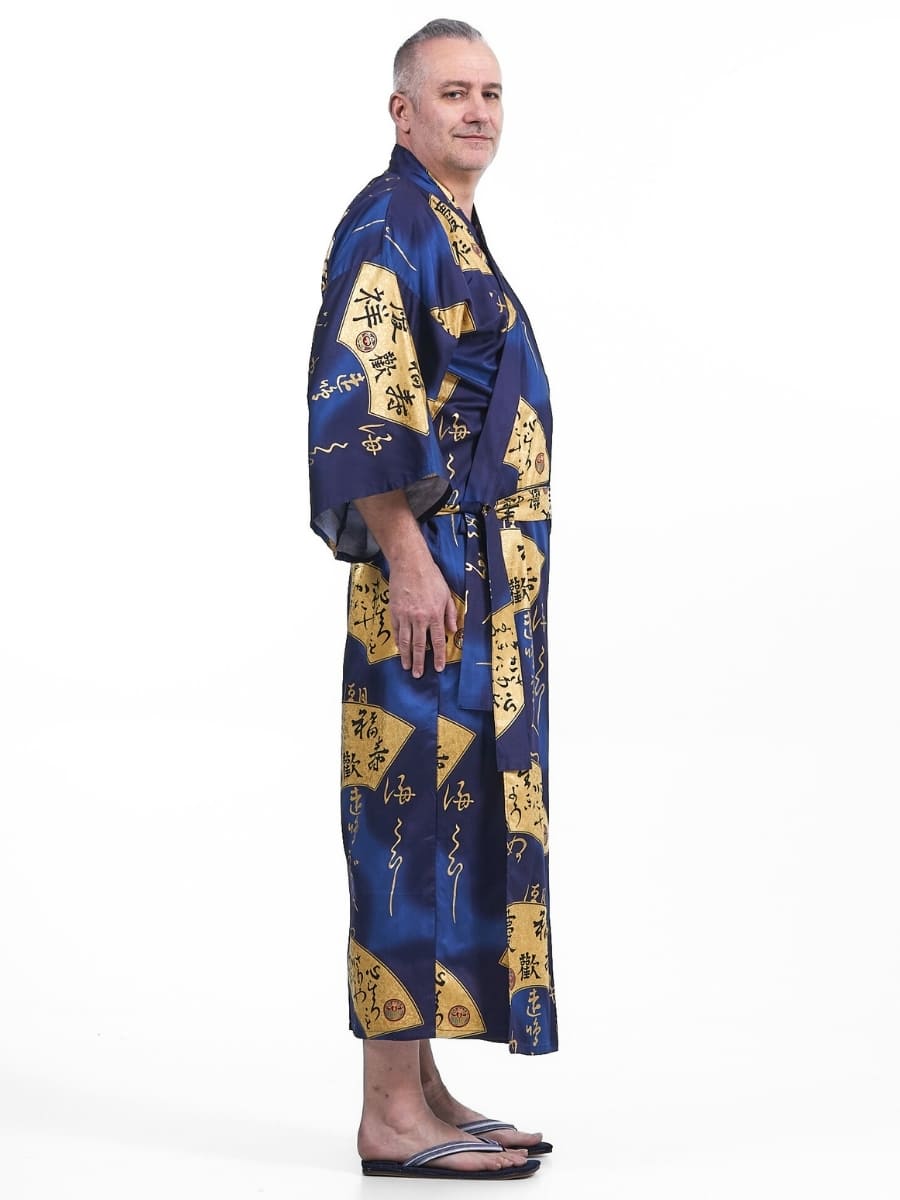
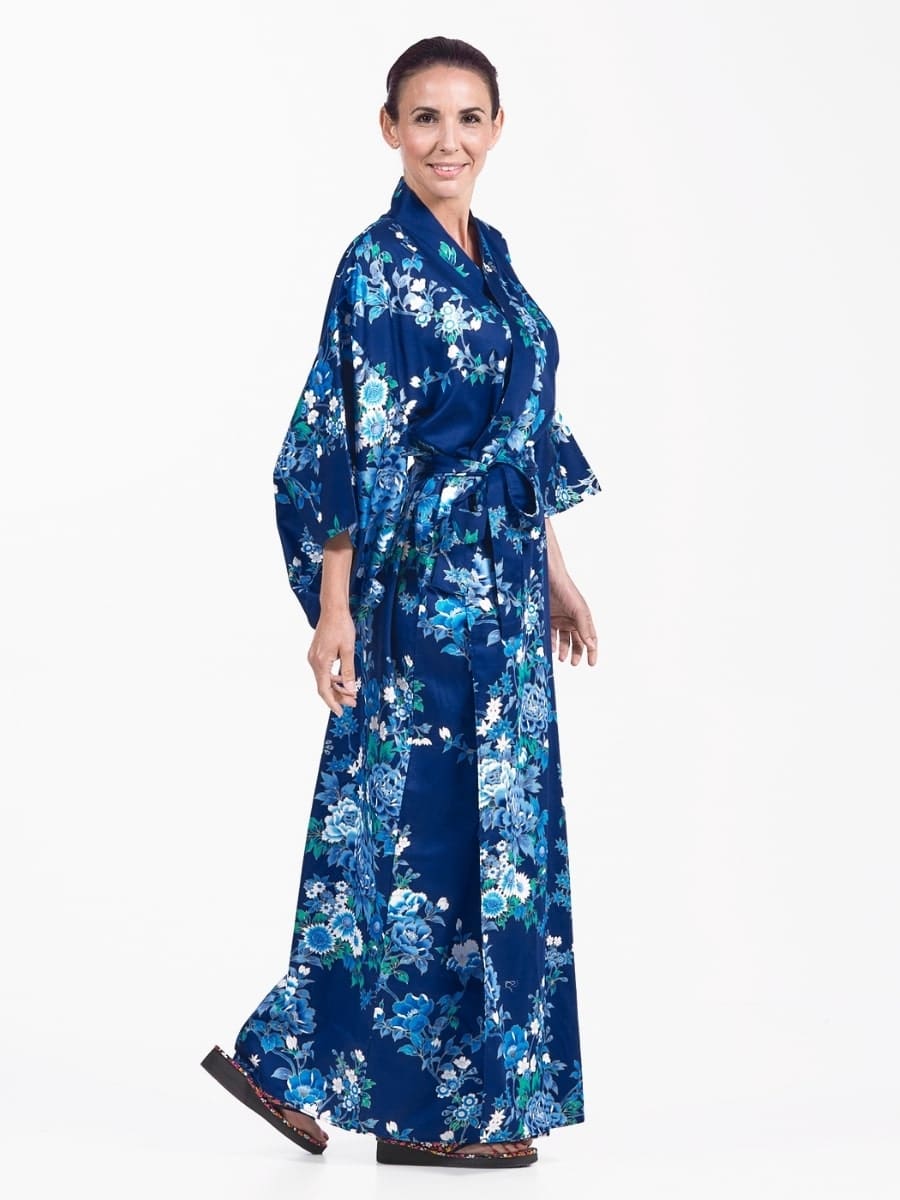

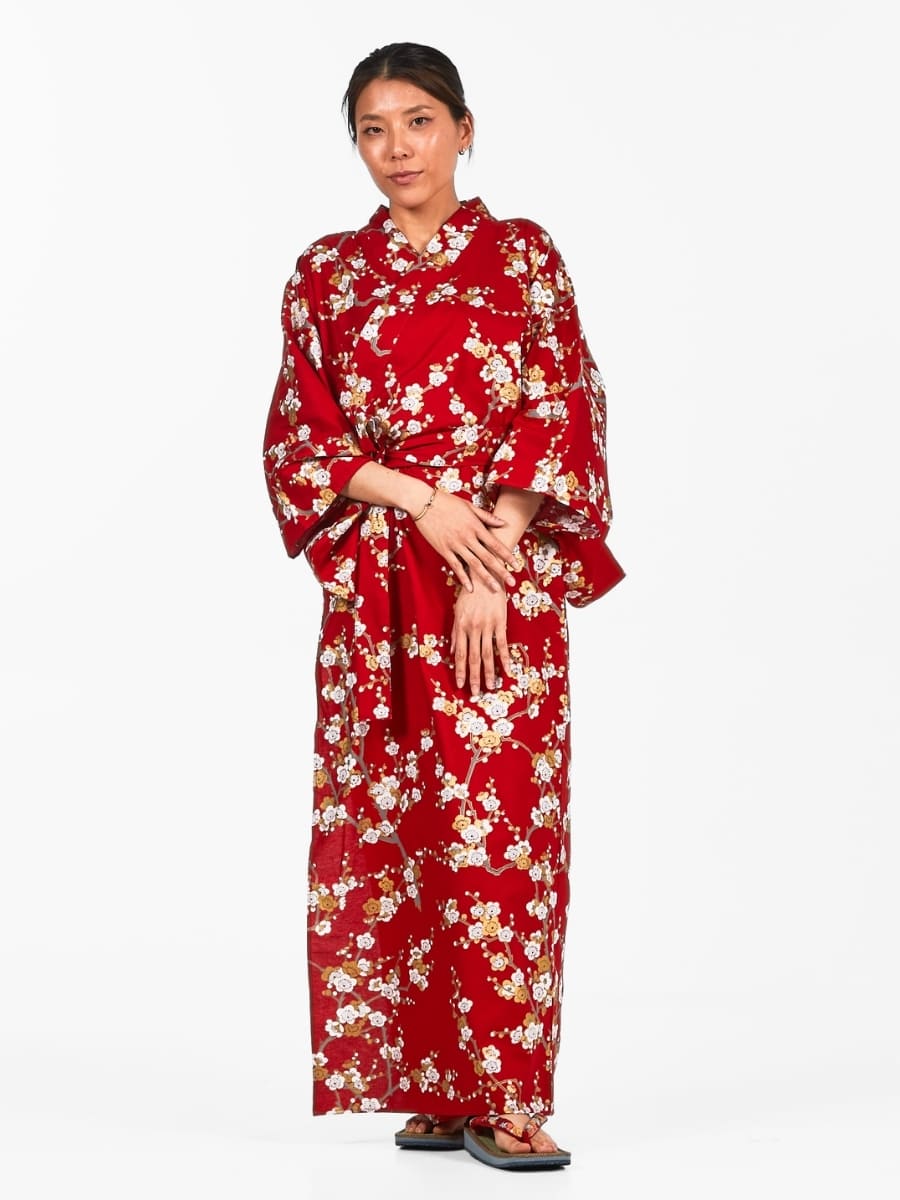
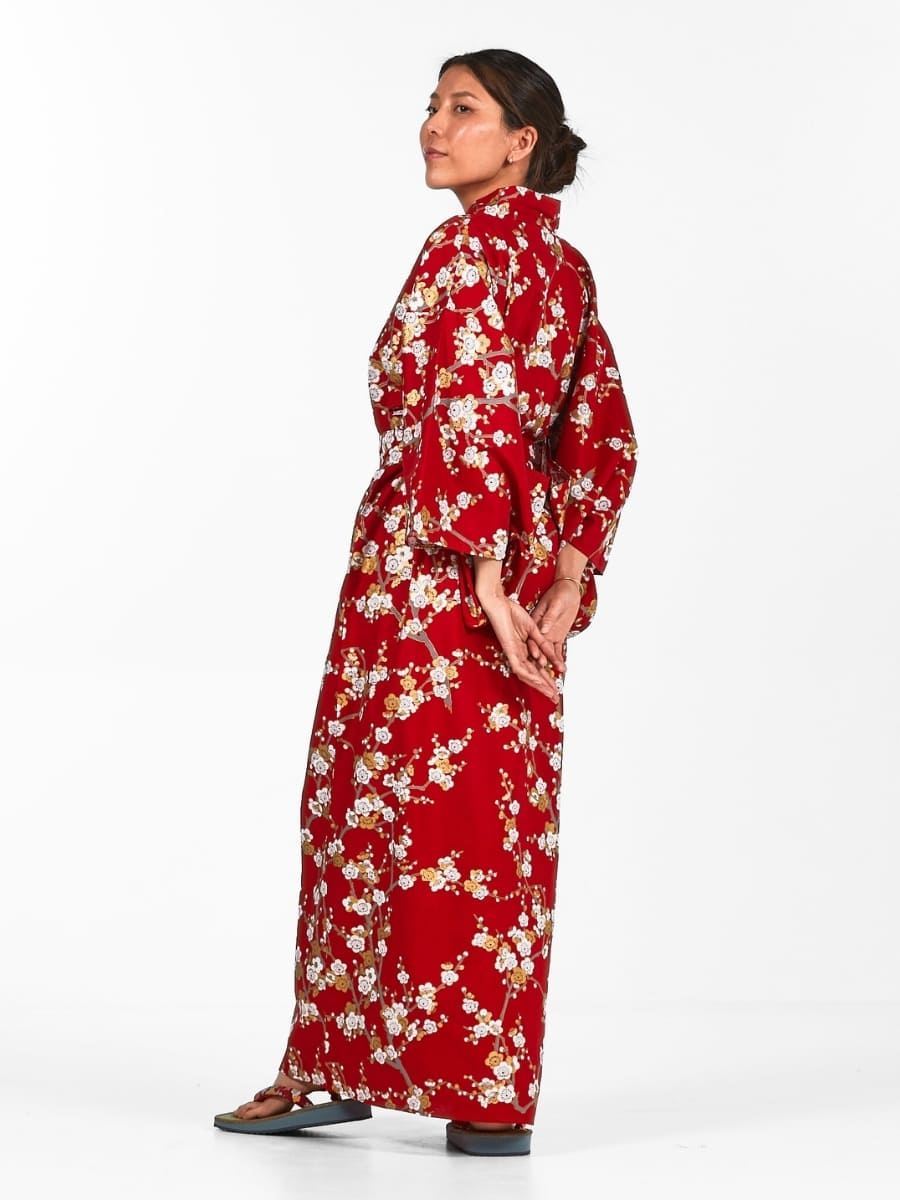
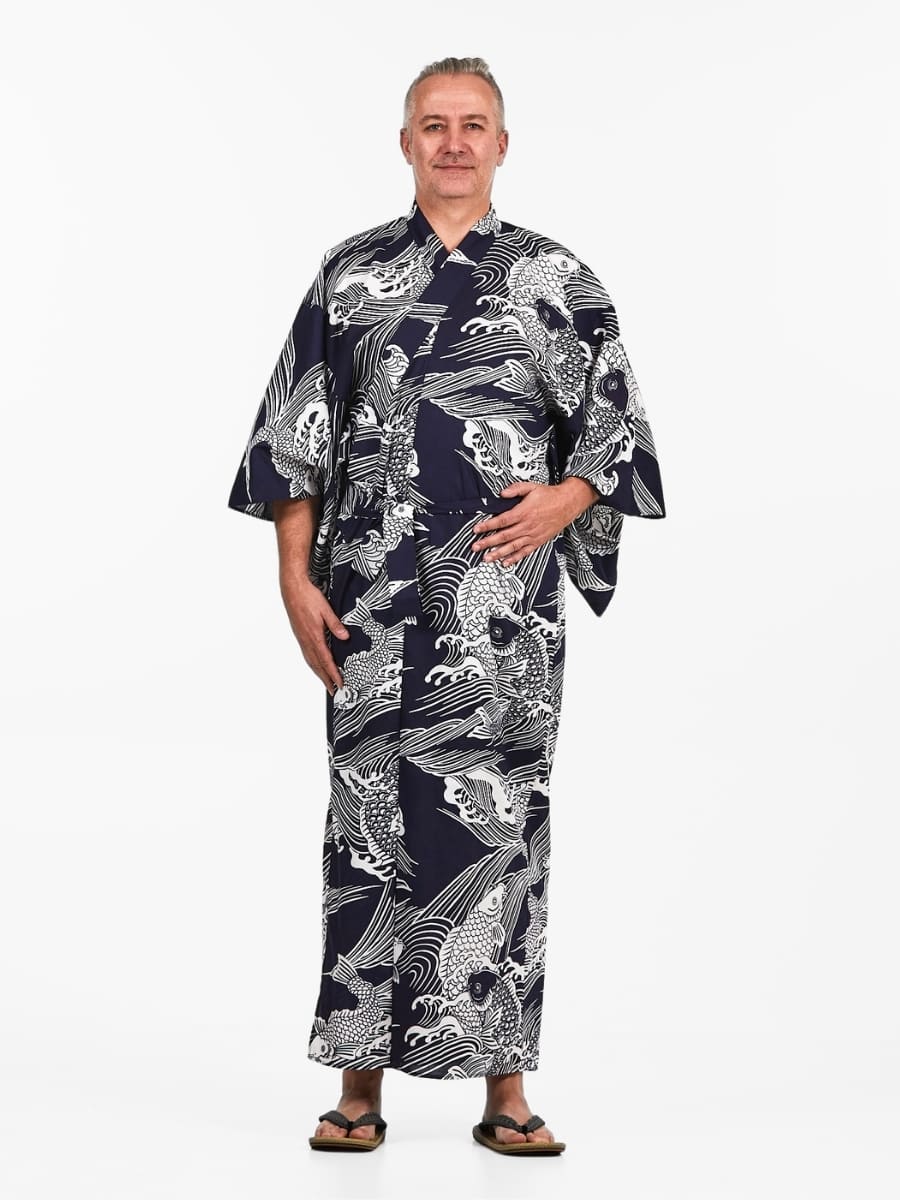
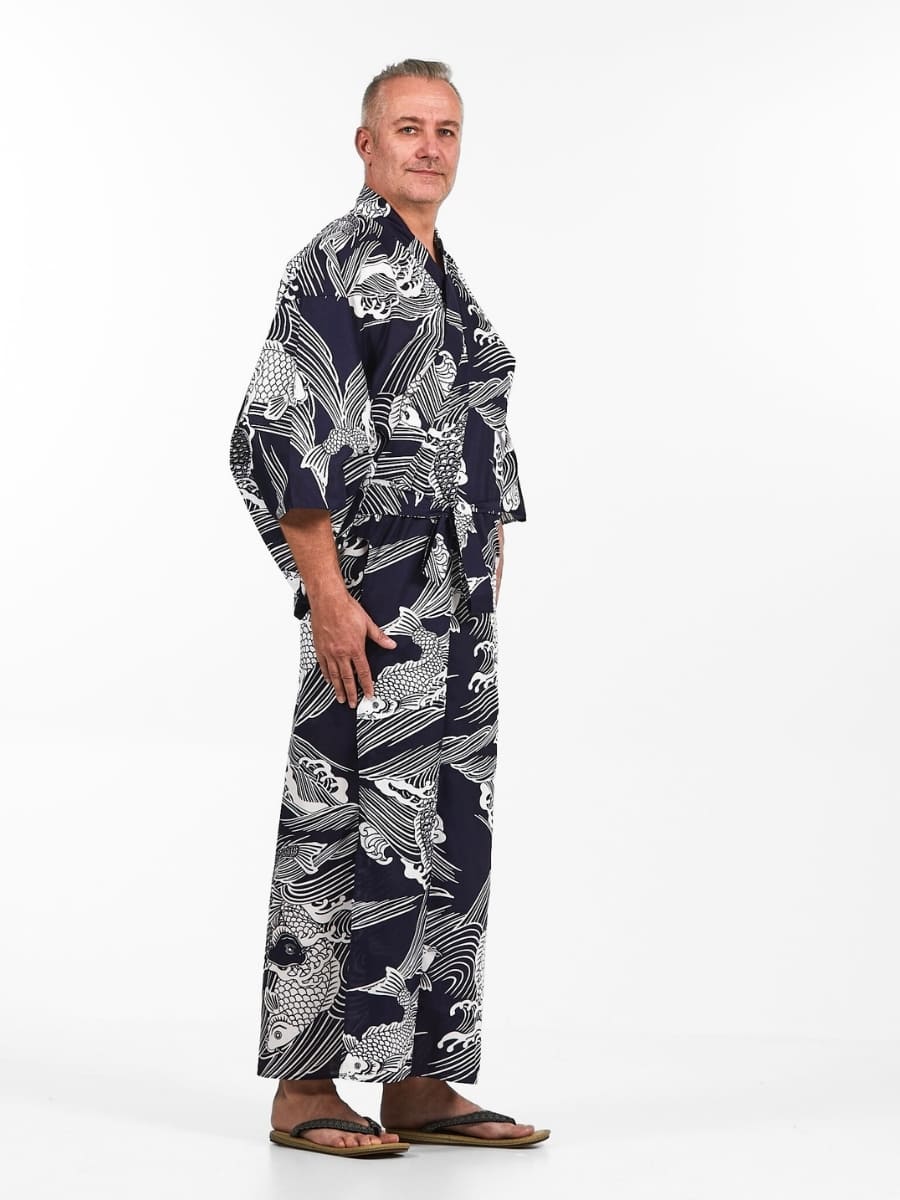
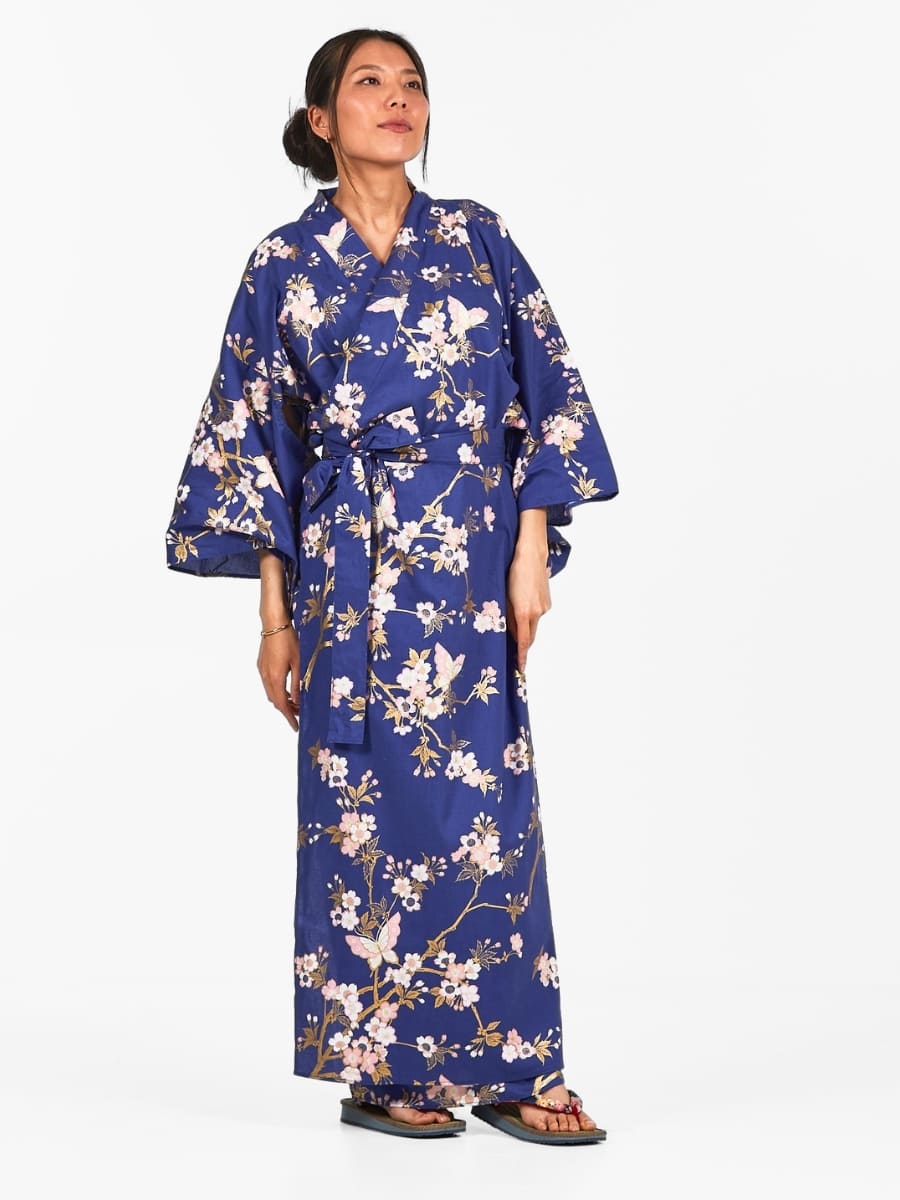
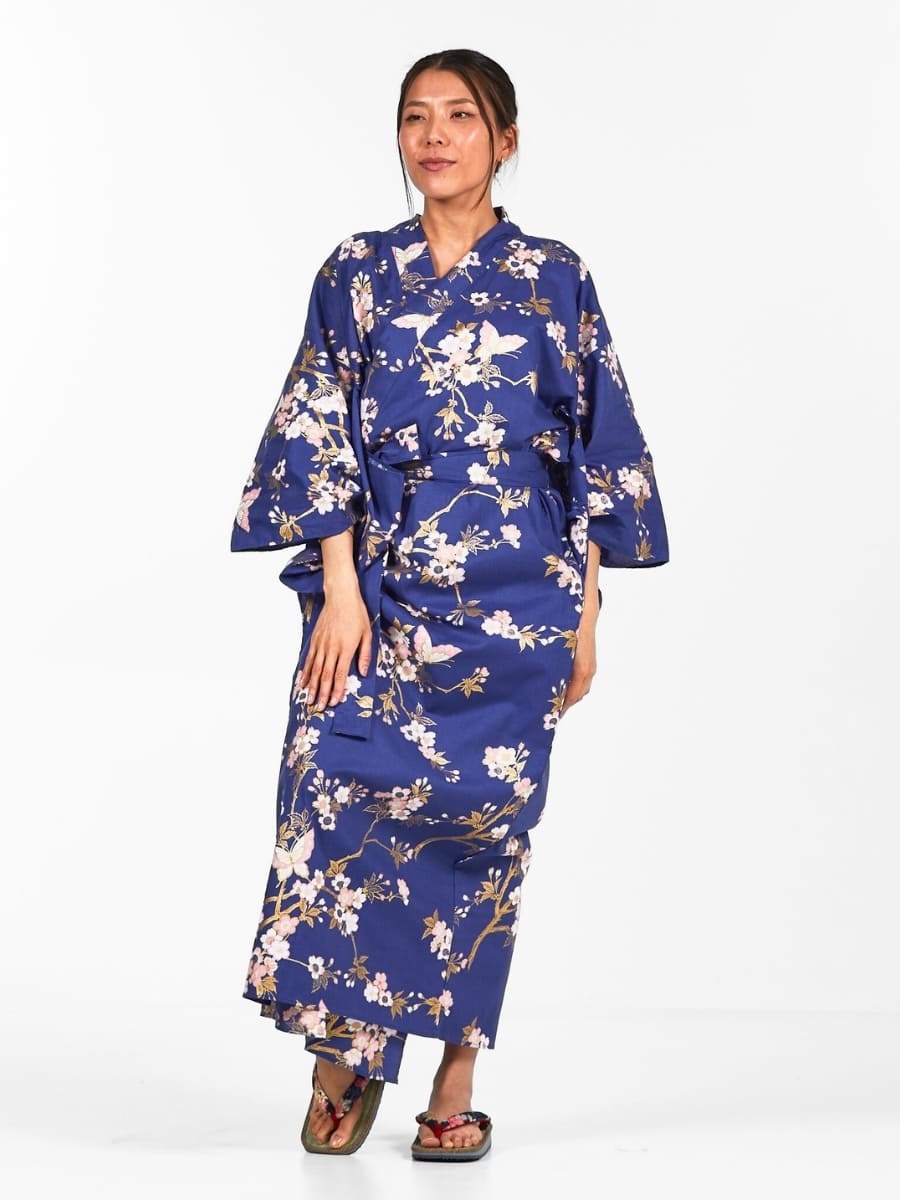
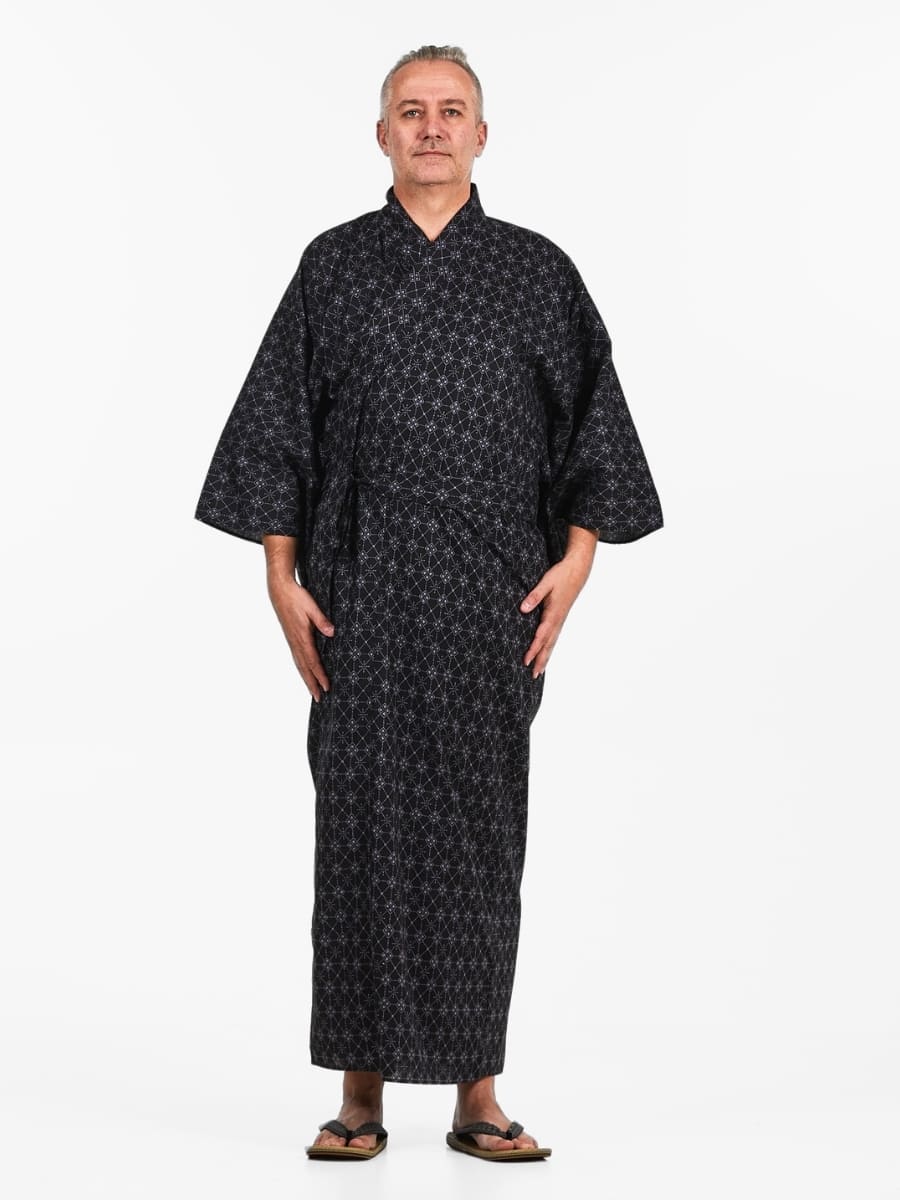
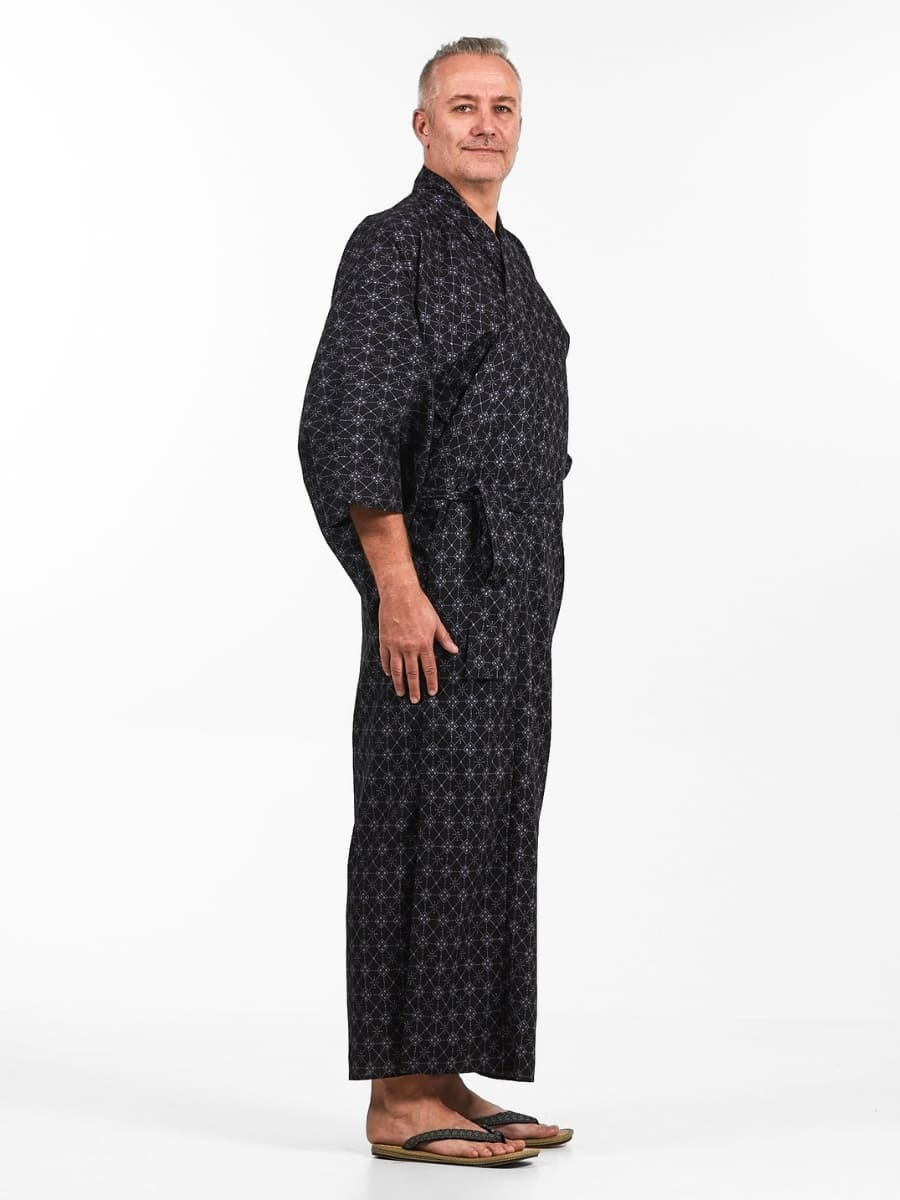
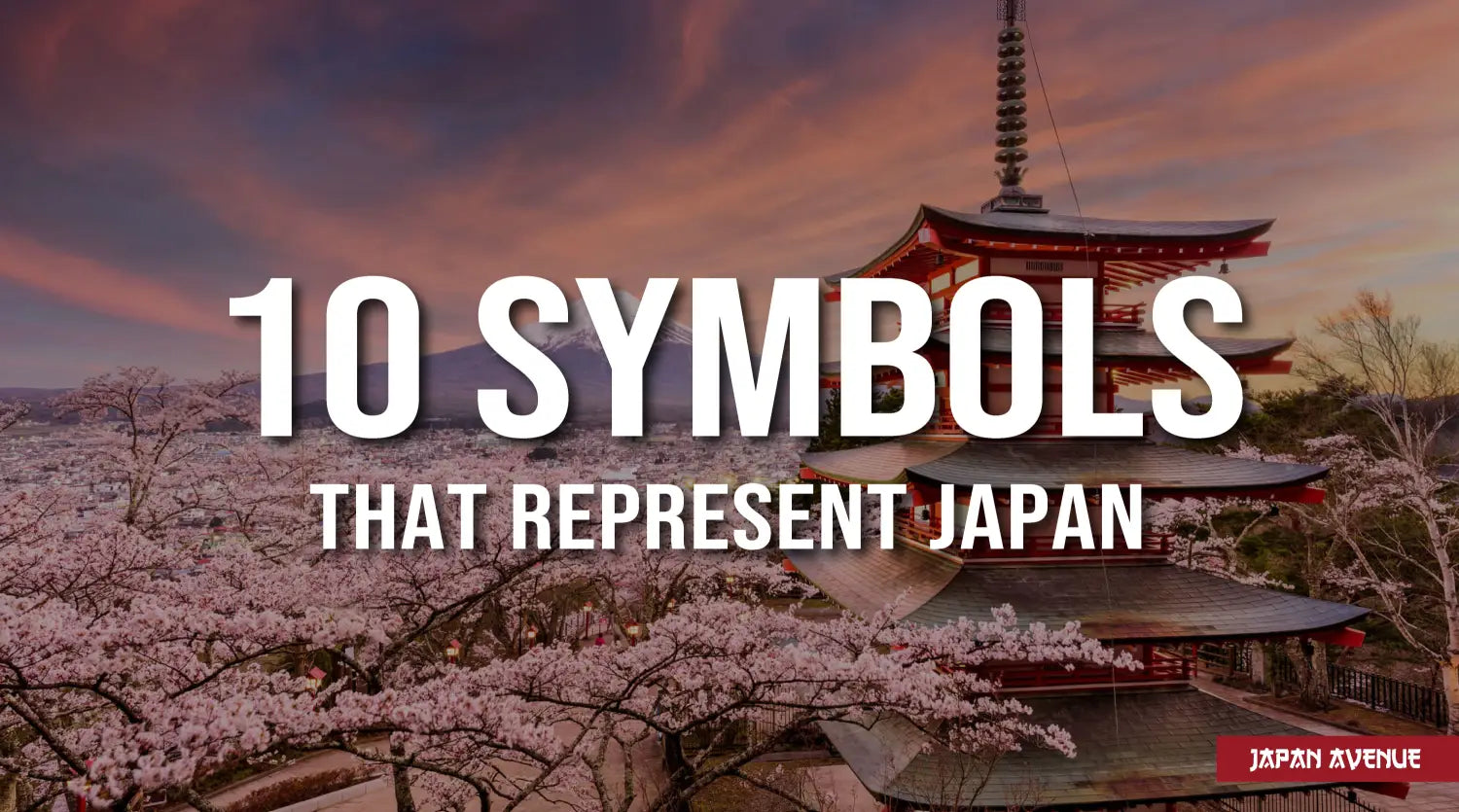

1 comment
juani
hola buenas estaria interesado en saber el nombre del autor del ariculo, para la bobliografia de mi tfg, gracias
hola buenas estaria interesado en saber el nombre del autor del ariculo, para la bobliografia de mi tfg, gracias